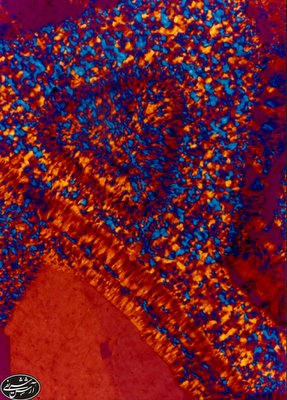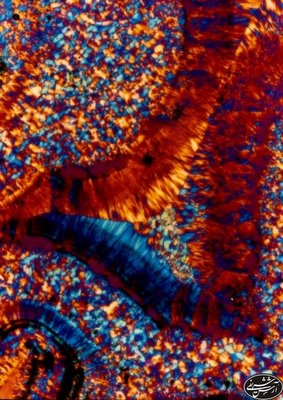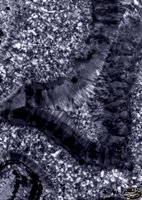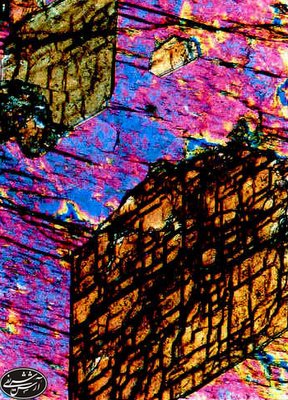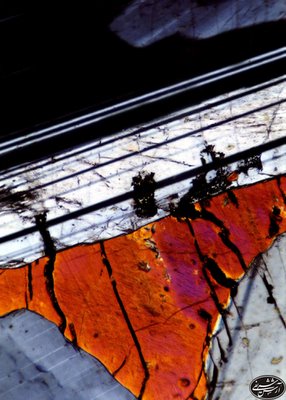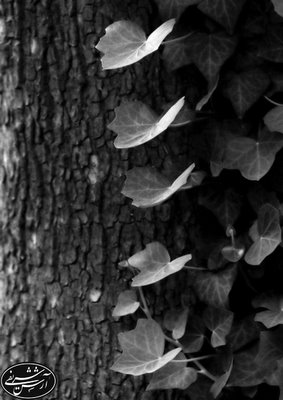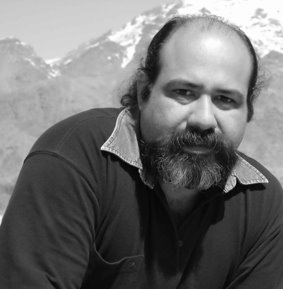The thinker
 As I told before, I would like to switch to some other topics and decided to start posting some photos from daily life and cultural ceremonies to give you some idea how I look people and their life. I also want to share some of my experiences in Social Documentary Photography (SDP). Usually, the SDP refers to taking photos from the society or in other word; Social Documentary Photography may be defined as the act of recording people in their un-posed daily life. I attracted to SDP because it deals with reality; revealing and making permanent every aspect of human nature. It also helps me to find more about myself and about the community that I live in. This is why I call photography “Art of living”.
As I told before, I would like to switch to some other topics and decided to start posting some photos from daily life and cultural ceremonies to give you some idea how I look people and their life. I also want to share some of my experiences in Social Documentary Photography (SDP). Usually, the SDP refers to taking photos from the society or in other word; Social Documentary Photography may be defined as the act of recording people in their un-posed daily life. I attracted to SDP because it deals with reality; revealing and making permanent every aspect of human nature. It also helps me to find more about myself and about the community that I live in. This is why I call photography “Art of living”.In most cases, my DSP ideology involved with long term projects on the specific community so I can get familiar with different aspects of the community and understand the culture. In the early years that I started this type of photography, I was very shy in dealing with people and rather to shoot my pictures using telephoto lenses. After a while I realized that to show the daily life in the way it is, I need to get closer to the people rather than taking shots from long distance, so I switch to 50mm and 35mm lenses and involved myself with each subject. To come over my shyness, I simply hide myself behind the camera and try to look at the people through the visor and this turned me to a person who is too rude in taking pictures. If you have the same problem, just try what I did and I promise you will come over it.
I was taking a bus to my work, when I noticed a man who was sitting in front of me and looking through the window. I can feel that he is deeply thinking about something; even the shutter sound behind his ears couldn’t interrupt him. By focusing on his reflection in the window I tried to put much more emphasis on his look and maybe on what he was thinking.
همانطور كه گفتهبودم تصميم داشتم تا موضوع عكسها رو عوض كنم و فكر كردم اگر مدتي به عكسهايي كه از مردم، زندگي روزمزه و آداب و رسوم گرفتم بپردازم بد نباشه. همچنين دوست دارم برخي از تجربياتم رو در زمينه عكاسي مستند-اجتماعي با شما در ميان بگذارم. اين نوع عكاسي رو بشه به نوعي ثبت حالت عادي زندگي روزانه مردم تلقي كرد. به عبارت ديگر گرفتن عكس از يك جامعه خاص، با هدفي ويژه و در شرايط عادي و بدون مفدمه. علاقه مندي من به اين نوع عكاسي به دليل واقعگرايانه بودن اون و پرداختن به زواياي گوناگون زندگي بشرهستش. به نظر من عكاسي مستند-اجتماعي نه تنها به من كمك ميكنه كه شناختم از جامعه افزايش پيدا كنه بلكه باعث ميشه خودم رو بهتر بشناسم. به همين خاطر كه به عكاسي هنر زندگي كردن ميگن
يك روز داشتم با اتوبوس ميرفتم به محل كارم كه متوجه مردي شدم كه روي صندلي جلويي من نشسته بود و داشت بيرون رو تماشا ميكرد. آنقدر عميق داشت فكر ميكرد كه حتي صداي شاتر دوربين هم كه درست از پشت گوشش بلند شد حواسش رو پرت نكرد. با فوكوس كردن روي انعكاس صورت مرد در شيشه اتوبوس سعي كردم روي نگاه و شايد روي آن چيزي كه بهش فكر ميكرد تأكيد بيشتري بكنم

